Hello friends science addicts! I have decided to create a week of natural sciences to dedicate a post to several interesting topics with a biological focus, today I visit a small museum where we can see some fossils of animals that no longer inhabit the earth and that lived on our planet for several millions of years, in this case I will explain a little about the (Ammonites) which are those molluscs that we see in many museums but that we do not know much about them!🧠👨💻🙇♂️
Hola amigos adictos a la ciencia! he decidido crear una semana de ciencias naturales para dedicar un post a varios topicos interesantes con un enfoque biologico, el dia de hoy visite un pequeño museo donde podemos ver algunos fosiles de animales que ya no habitan en la tierra y que vivieron en nuestro planeta varios millones de años, en este caso te explicare un poco sobre los (Amonites) que son aquellos moluscos que vemos en muchos museos pero que desconocemos mucho sobre ellos!🐌📚👨🏫

What is known about mollusks?👨🏫🐌 / Que se sabe sobre los moluscos?🙇♂️📚
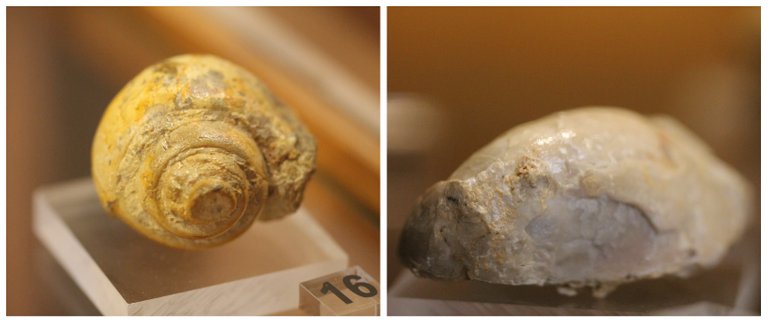
The oldest fossil records of those known about mollusks are approximately 520 million years old, it is estimated that these animals could have appeared on earth in the "early Cambrian", but scientists estimate that some species of mollusks could have evolved in the "Lower Cambrian" more than 600 million years ago, this division belongs to the "Paleozoic era" and that currently there are more than "20 thousand species of animals that evolved from the Cambrian"(3)🤯🧠👨💻
Los registros fosiles mas antiguos de los que se conocen sobre moluscos tienen aproximadamente unos 520 millones de años, se estima que estos animales pudieron aparecer en la tierra en el "Cambrico temprano", pero los cientificos estiman que pudieron evolucionar algunas especies de moluscos en el "cambrico inferior" hace mas de 600 millones de años, esta division pertenece a la "era Paleozoica" y que actualmente hay mas de "20 mil especies de animales que evolucionaron del cambrico" 🤔🐚🧠(3)

Did you know??👨🏫🐌 / Sabias que??🙇♂️📚

I got this very interesting article from the page: (adventuresnahistory), and it has the following title: "Ancient civilizations fed on molluscs during their migrations", I personally did not know this curious fact about our ancestors! I already knew that they were and were nomads for a long time because they were great hunters and gatherers but had not yet learned to "self-sustain" so it was common to migrate when the availability of resources was low, where did they get the mollusks? of the red sea as they migrated along the coastlines!(3)
Consegui este articulo muy interesante de la pagina: (aventurasnahistoria), y que tiene el siguiente titulo: "Las civilizaciones antiguas se alimentaban de moluscos durante sus migraciones", yo personalmente no sabia este dato curioso de nuestros ancestros! ya sabia que eran y fueron nomadas por mucho tiempo debido que eran grandes cazadores y recolectores pero aun no habian aprendido a "auto-sustentarse" por tanto era comun migrar cuando la disponibilidad de recursos era baja, de donde sacaban los moluscos? del mar rojo ya que emigraban por las lineas costeras!(3)


Scientists had studied for years the migration routes between Africa and Arabia, this was a very frequent migration for our ancestors! "York University" managed to discover with a group of paleontologists an area with more than 20,000 mollusk shells between the Cambrian era, that is, the shells were approximately more than 5,000 years old and this formulated the theory of mollusk feeding during migration!(3)👨🏫📚
Los cientificos habian estudiado por años las rutas de migraciones entre africa y arabia, esta era una migracion muy frecuente por nuestros ancestros! la "Universidad York" logro descubrir con un grupo de paleontologos un area con mas de 20mil conchas de moluscos entre la era cambrica, osea las conchas tenian aproximadamente mas de 5mil años y esto formulo la teoria de alimentacion de moluscos durante la migracion!(3)🙇♂️🧔🧔

Jurassic fossils?👨🏫🐌🦕 / Fósiles jurásicos?🙇♂️📚
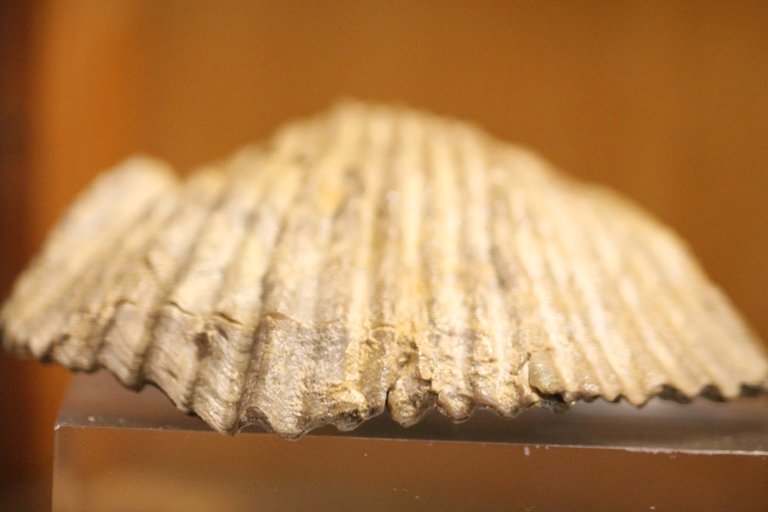
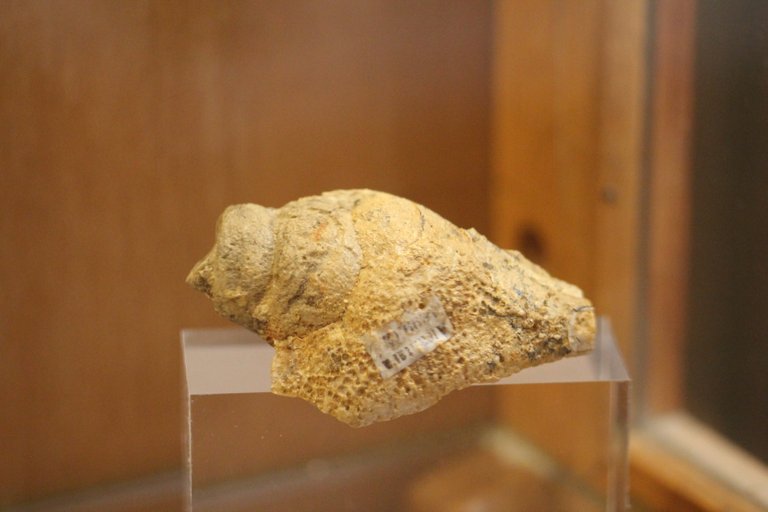
60 million years📚🧠
The museum has these specimens that are 60 million years old, but in reality there was a mollusk that inhabited our land more than 400 million years ago, can you imagine that? I mean, they are twice as old as the dinosaurs. Do you know what family of animals they are?😮📚🤯
El museo tiene estos ejemplares con 60 millones de años, pero en realidad existio un molusco que habito nuestra tierra hace mas de 400millones de años imaginas eso? osea son dos veces mas antiguos que los dinosaurios sabes que familia de animales son??🌎🙇♂️

Ammonites👨🏫🐌🦕 / Los amonites🙇♂️📚
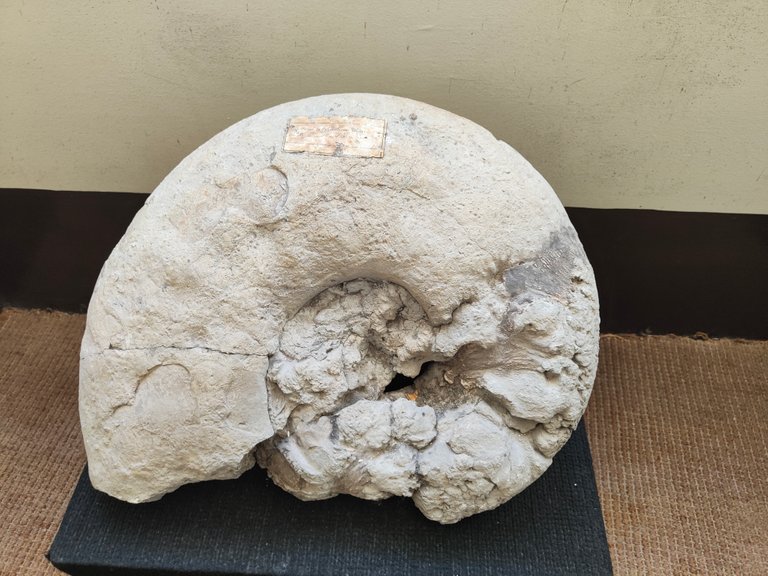
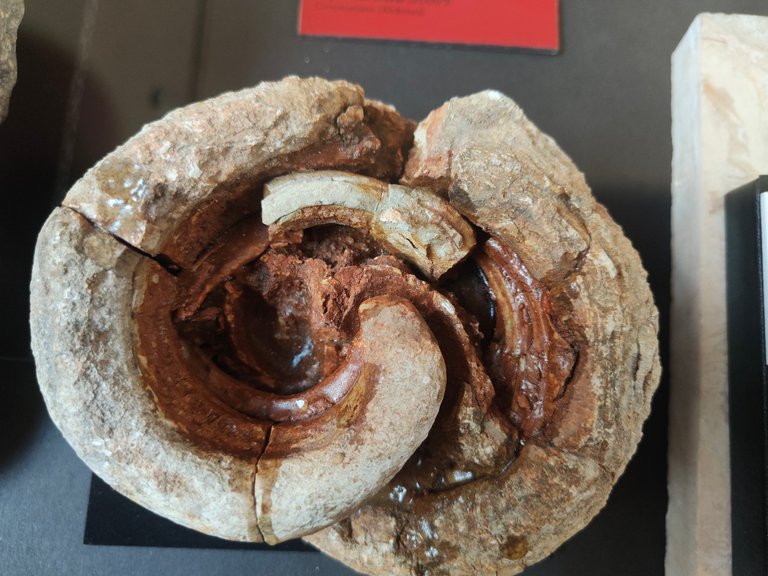
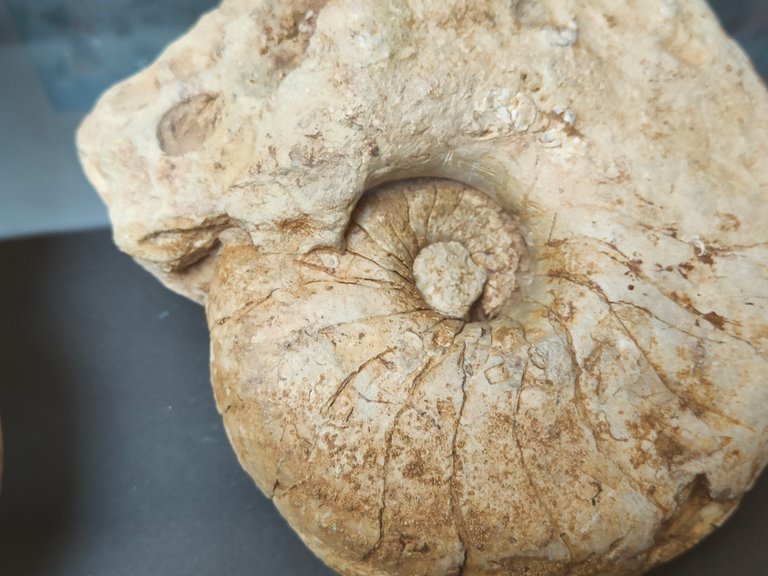
Ammonites were "cephalopod" molluscs that already ruled our planet more than 400 million years ago, and it is believed that they lived until 60 million years ago when the meteorite impact occurred that would extinguish almost all life on earth! to be exact "70% of life was extinct" and this includes ammonites!(2)🤯💥💥
Los amonites fueron moluscos "cefalopodos" que ya reinaban nuestro planeta hace mas de 400millones de años, y se cree que vivieron hasta hace 60millones de años cuando sucedio el impacto del meteorito que extinguiria casi toda la vida de la tierra! para ser exactos el "70% de la vida fue extinta" y esto incluyo los amonites!(2)🐚👨💻


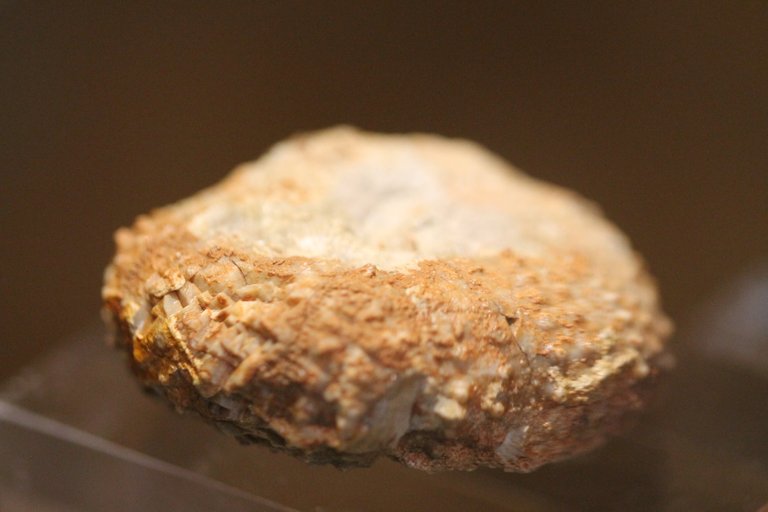
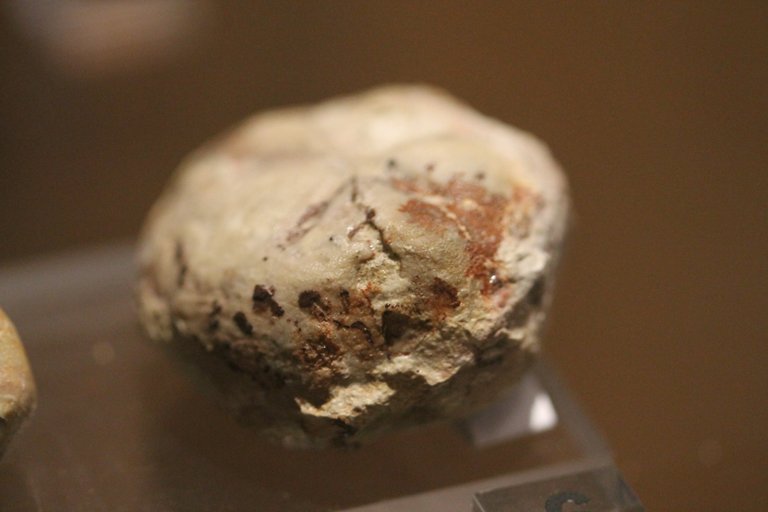
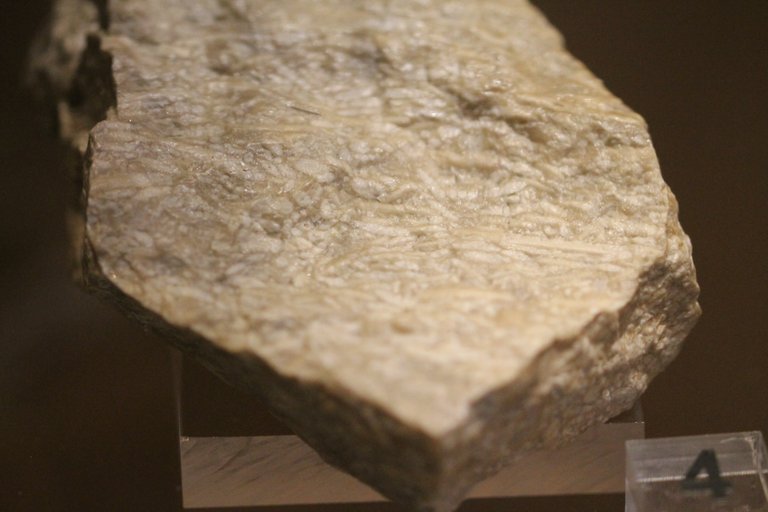
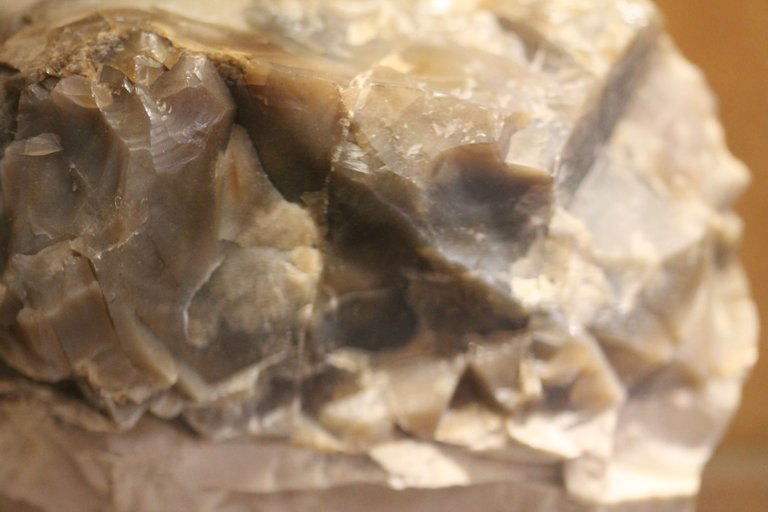
Of course, just as the dinosaurs left their "footprint" on the earth, the ammonites would also leave a place for us! they were very simple animals but for paleontologists they are very important because they can study "rock formations" by dating their shells, these marine habitat animals dominated the earth between the Paleozoic and Mesozoic eras (2)🧠🦕🐚
Por supuesto asi como los dinosaurios dejaron su "huella" en la tierra los amonites tambien dejarian un lugado para nosotros! fueron animales muy simples pero para los paleontologos tienen mucha importancia porque pueden estudiar "formaciones de rocas" datando sus conchas, estos animales de habitat marino dominaron la tierra entre la era Paleozoica y Mesozoica (2)📚👨🏫🤔

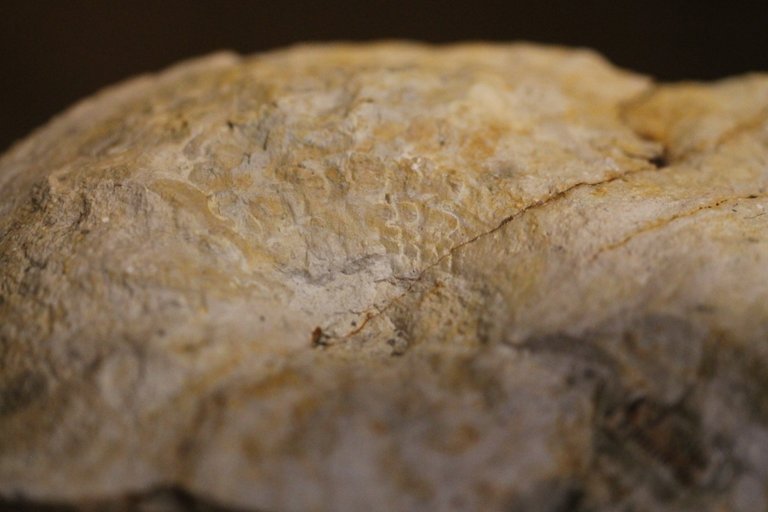
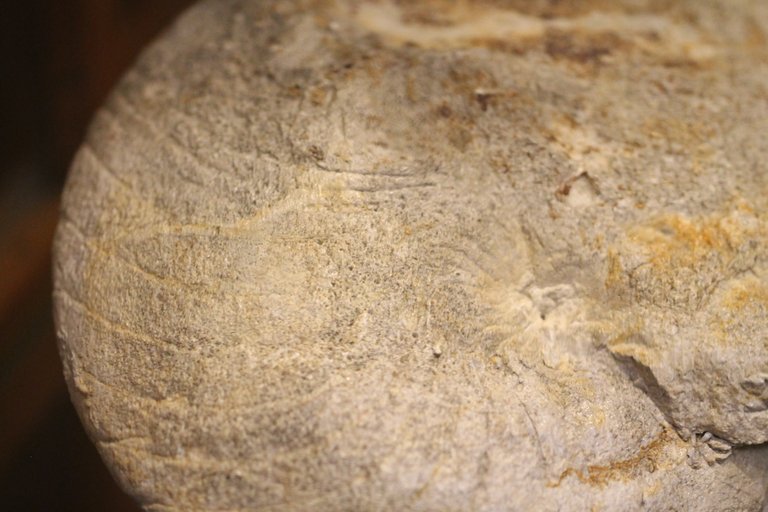
fossil found in stone📚🦴
These animals evolved to be able to control their swimming, because the shell was made up of a series of chambers that allowed it to store and release air, allowing buoyancy, but if they floated thanks to the air in their shell, then how did they propel themselves? easy as today's cephalopods using "jet propulsion" (2)😮📚🤯
Estos animales evolucionaron para poder controlar su nado, debido que el caparazon estaba compuesto por una serie de camaras que permitia guardar y liberar aire posibilitando la flotabilidad, pero si flotaban gracias al aire en su concha entonces como se propulsaban? facil como los cefalopodos de hoy en dia usando "propulsion a chorro" (2)🌎🙇♂️

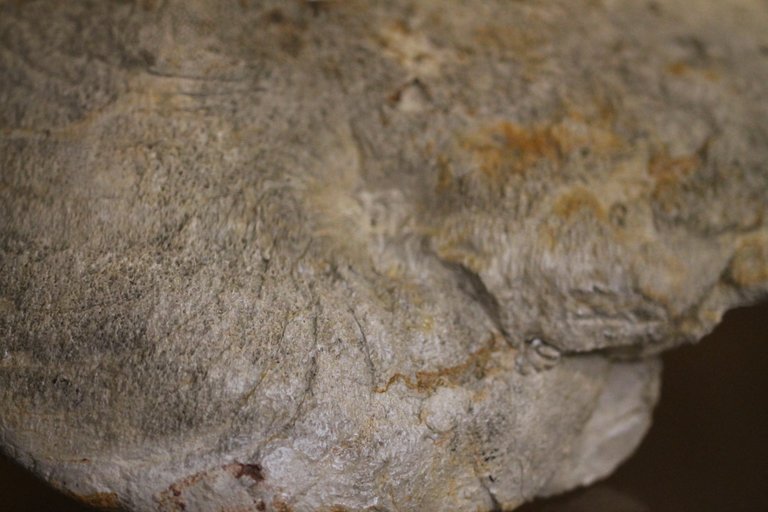
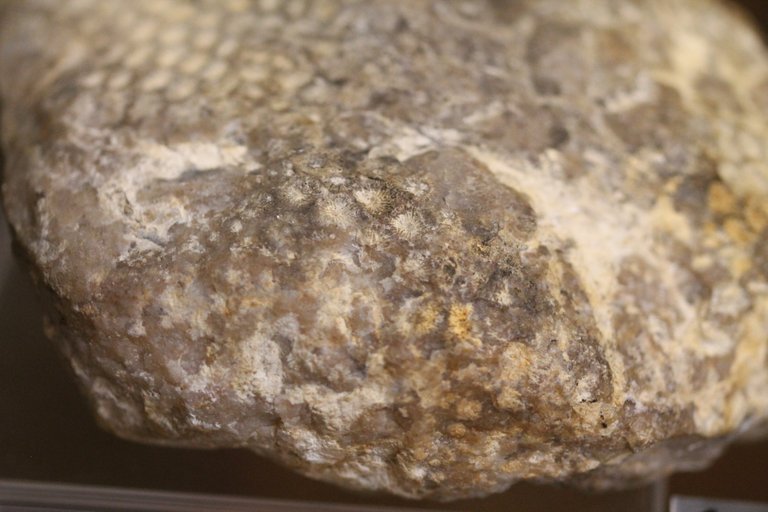
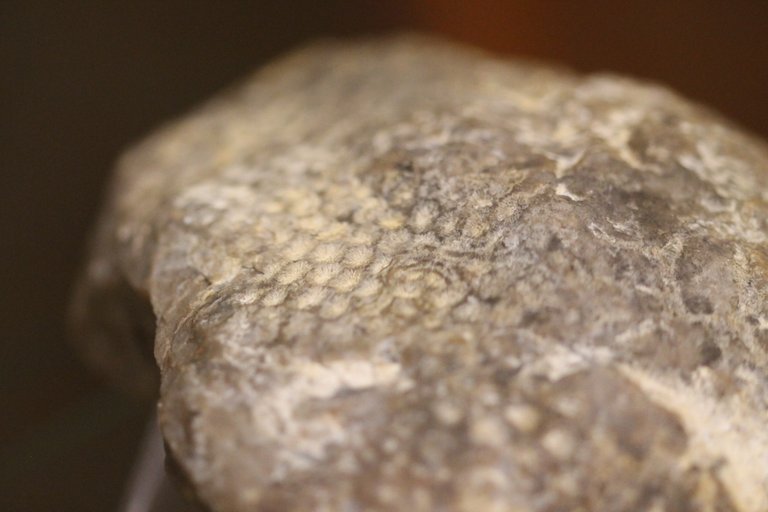
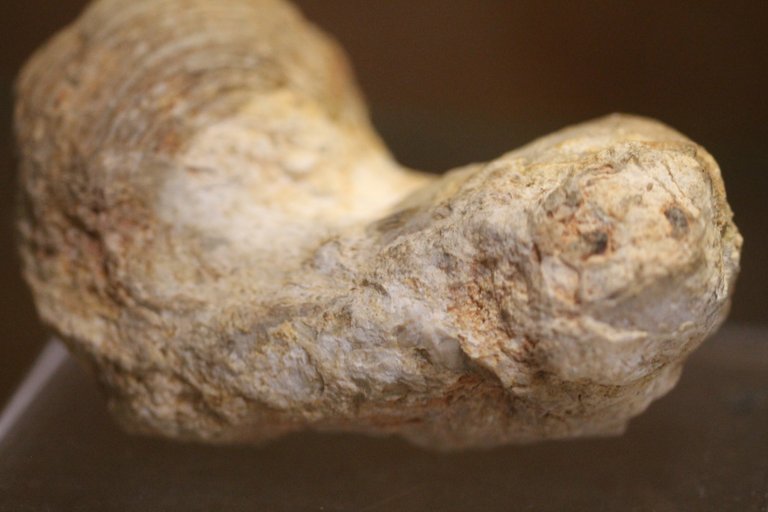
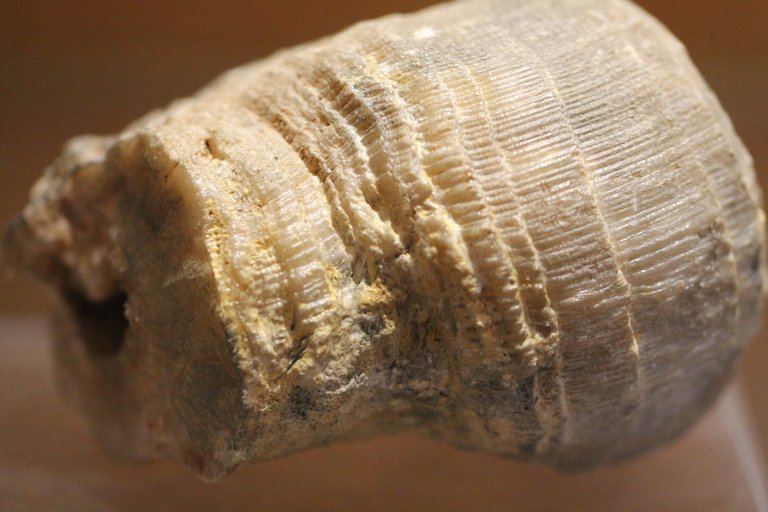
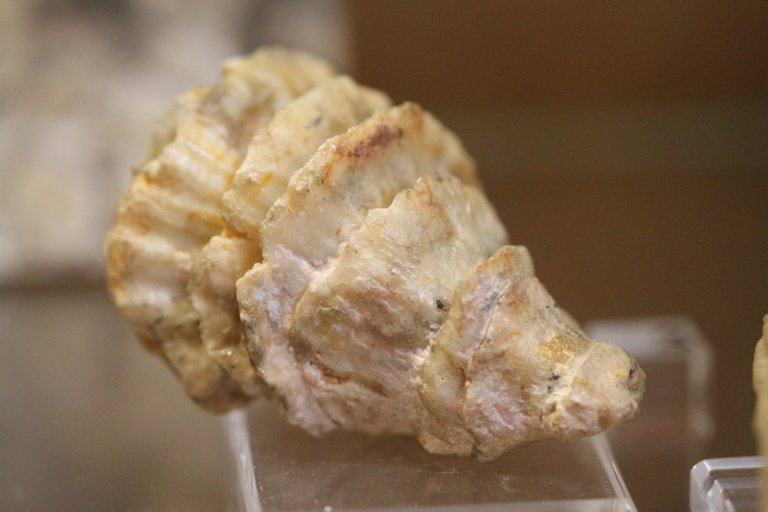
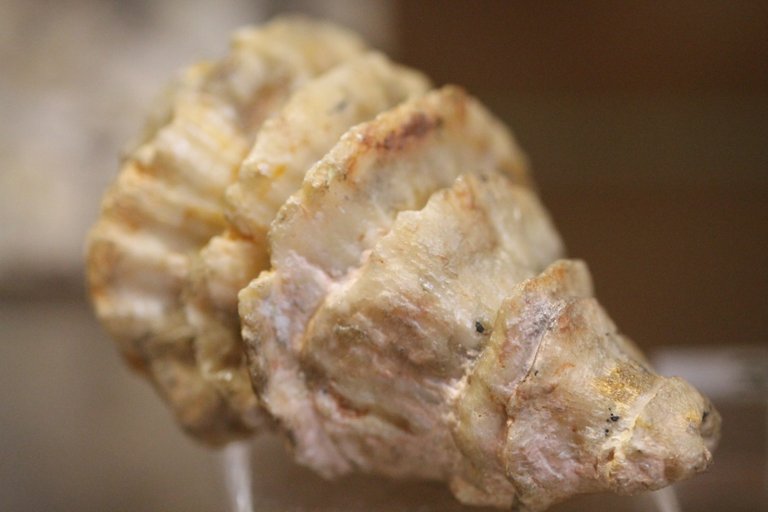
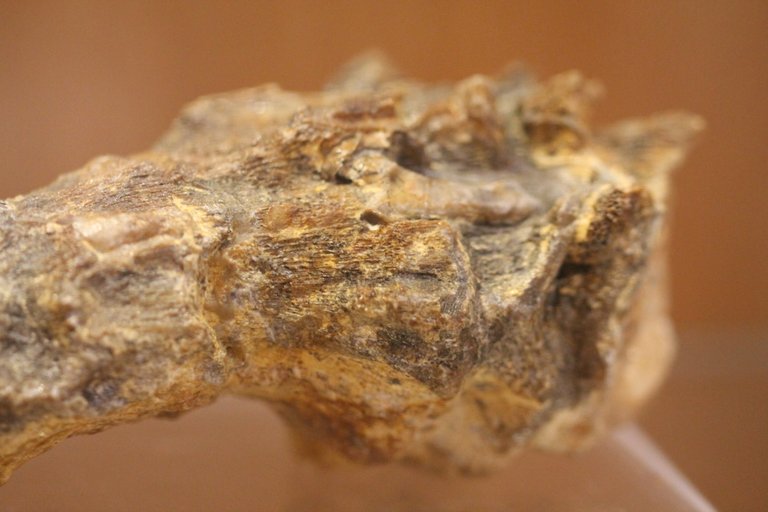
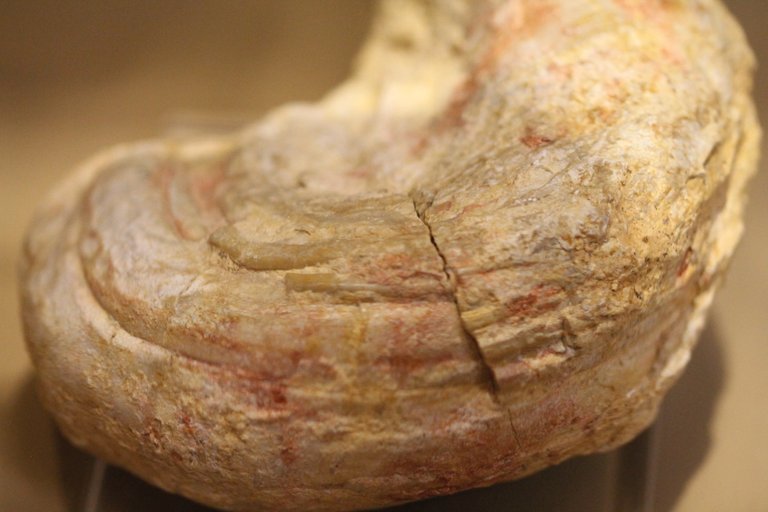
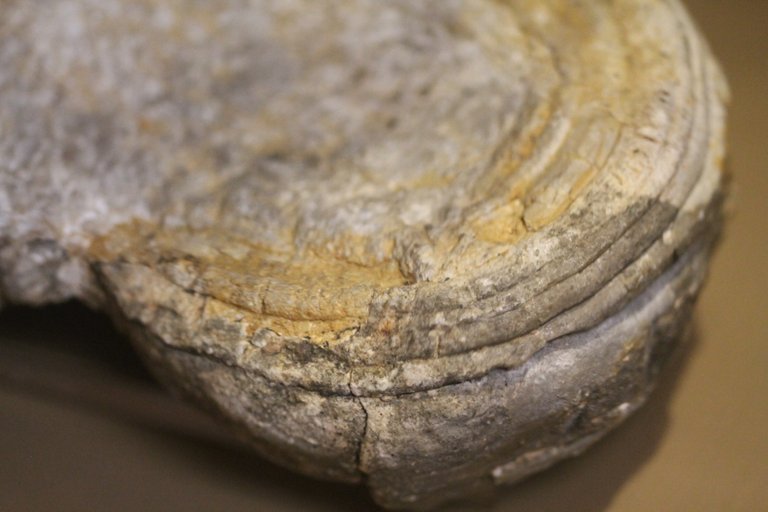
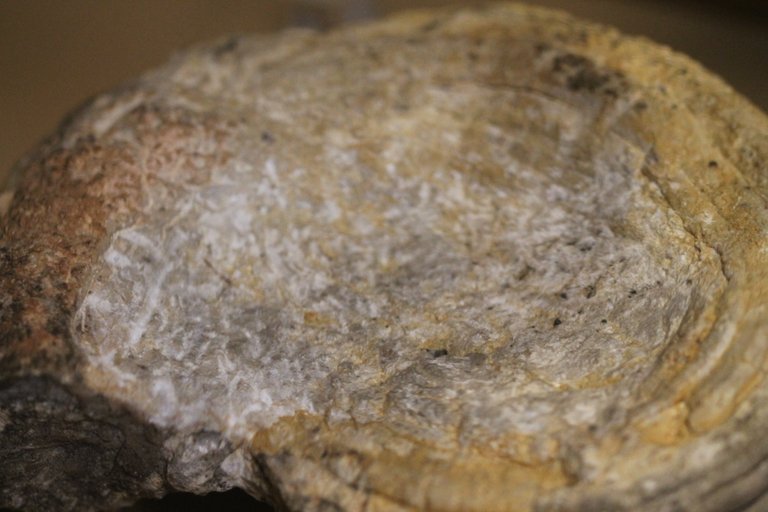
Do you know what triops are?👨🏫🐌🦕 /Sabes que son los triops?🙇♂️📚
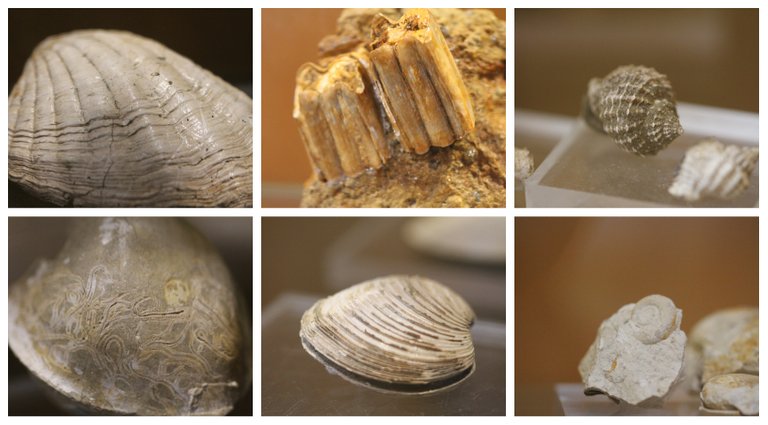
The triops are fantastic animals and it is believed that they were the first to inhabit the earth, they are "Crustaceans, brachiopods" in fact they still inhabit our land and are even considered pests in some countries! their specialty is being "great resistant" because the eggs do not hatch if the water conditions are not ideal(1)📚🐚
Los triops son animales fantasticos y se cree que fueron los primeros en habitar la tierra, son "Crustaceos, branquiopodos" en realidad aun habitan nuestra tierra y hasta son considerados plagas en algunos paises! su especialidad es ser "grandes resistentes" debido a que los huevos no eclosionan si las condiciones del agua no son las ideales(1)🧠👨💻
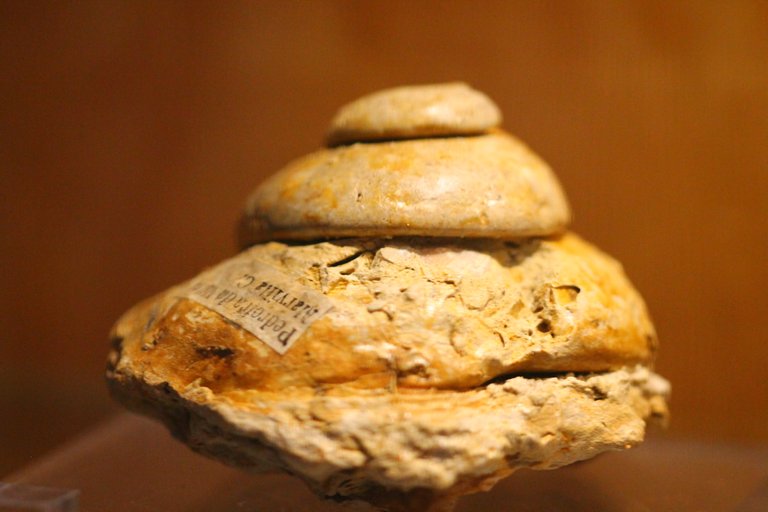
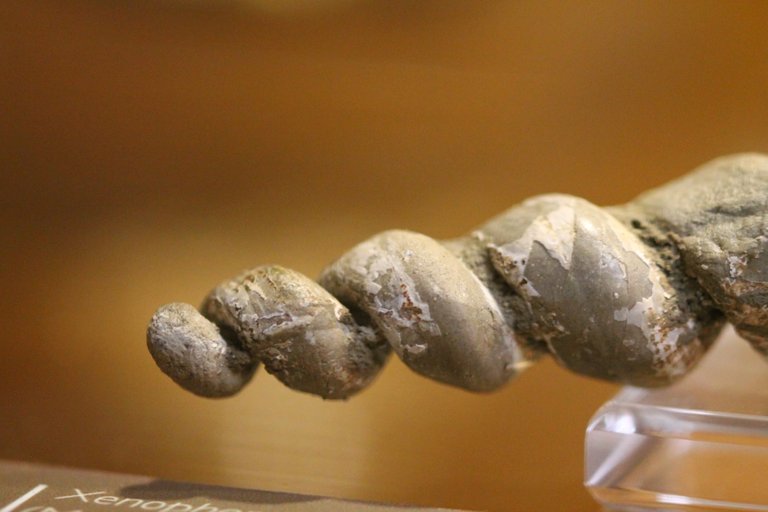

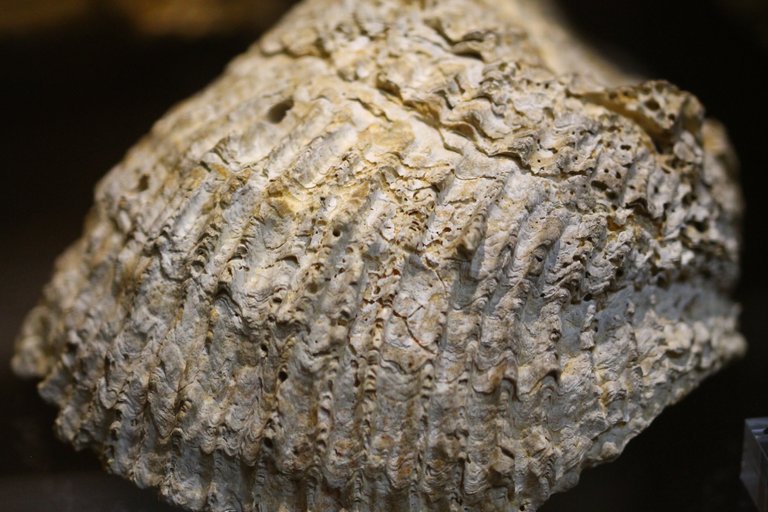
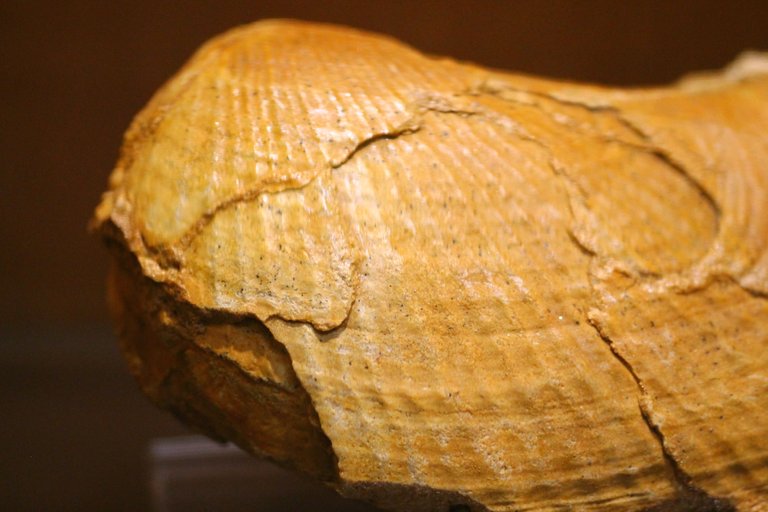
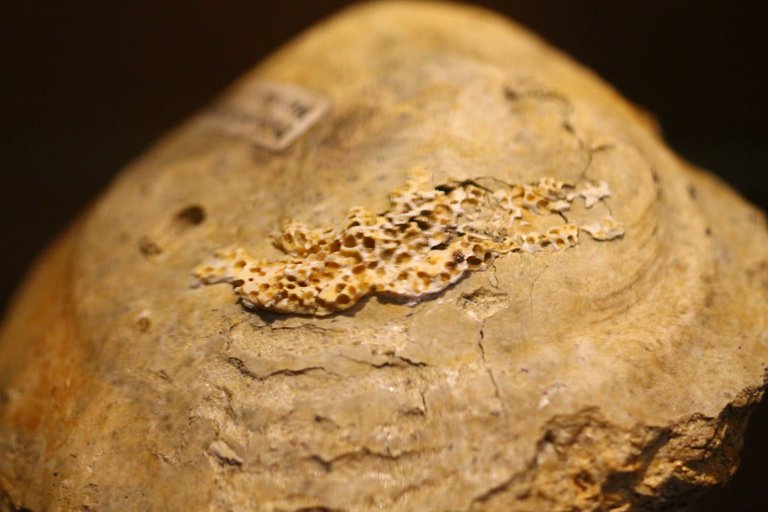
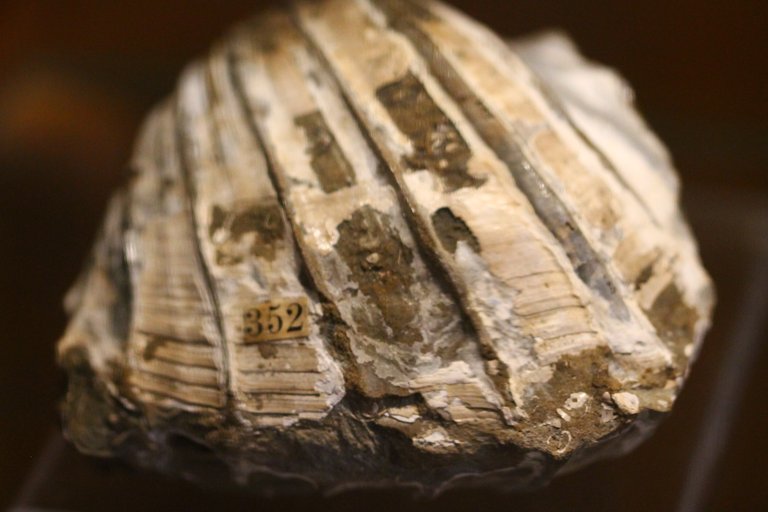
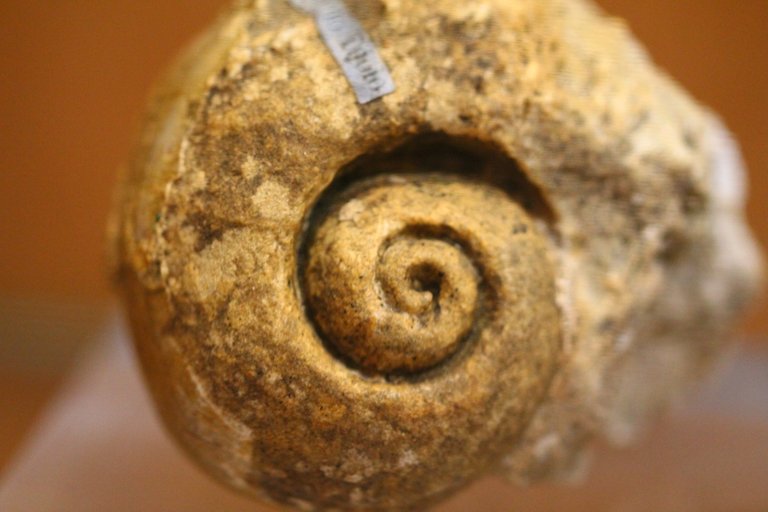
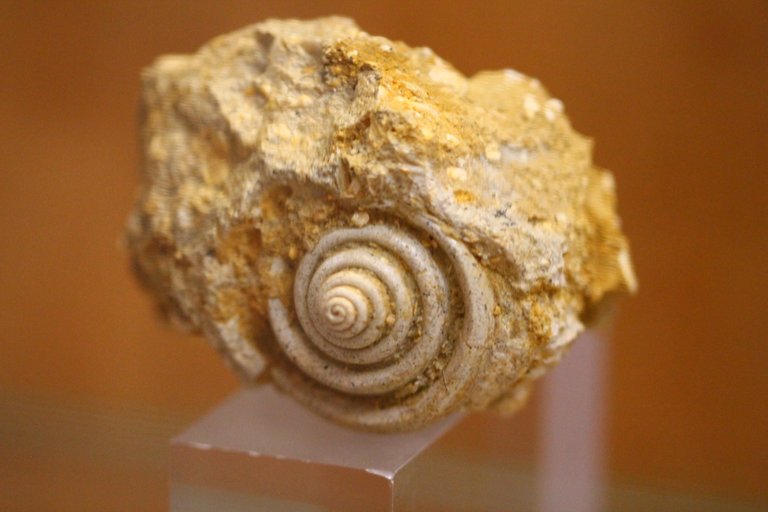
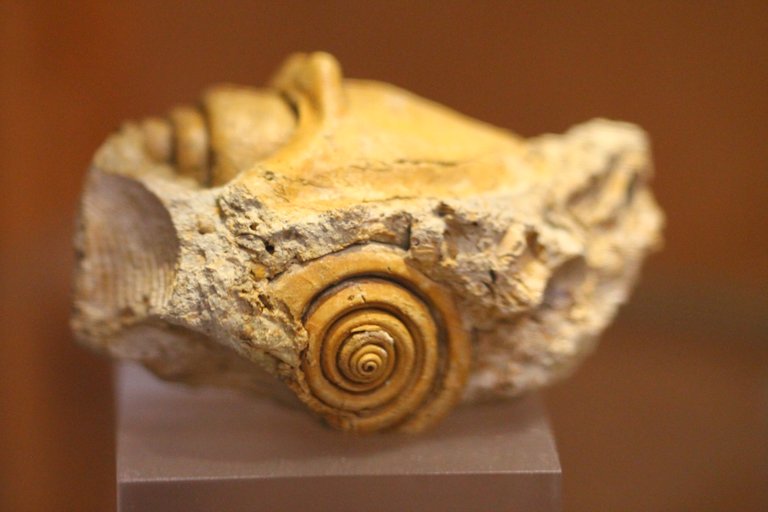
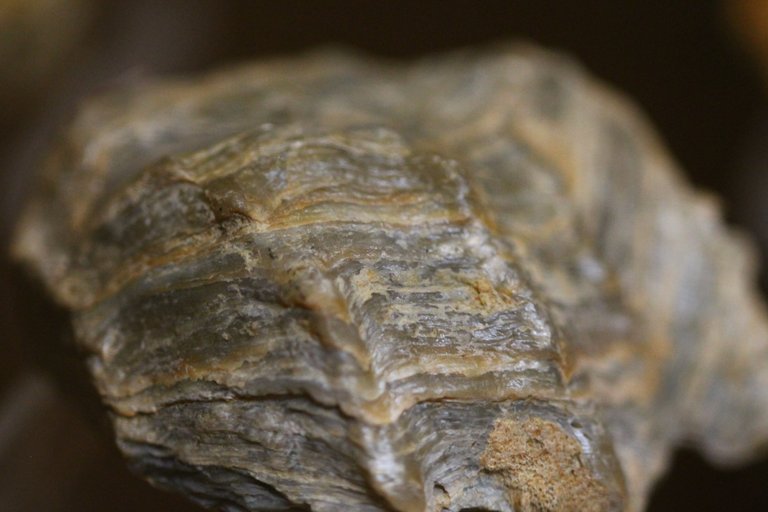
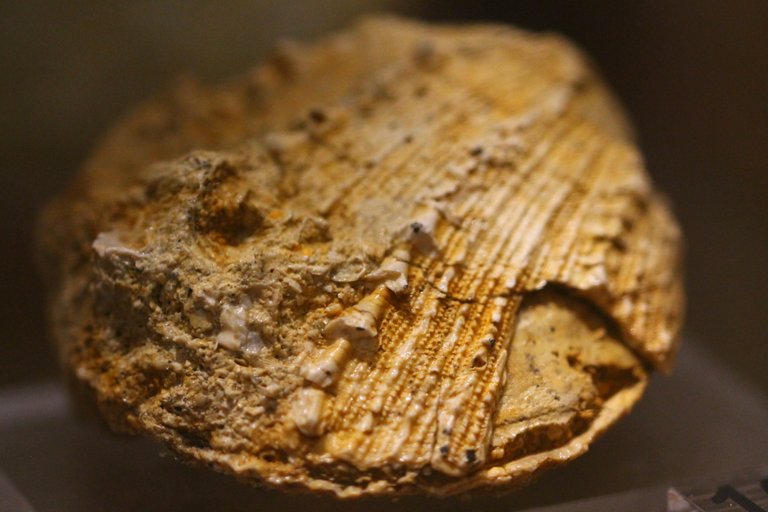

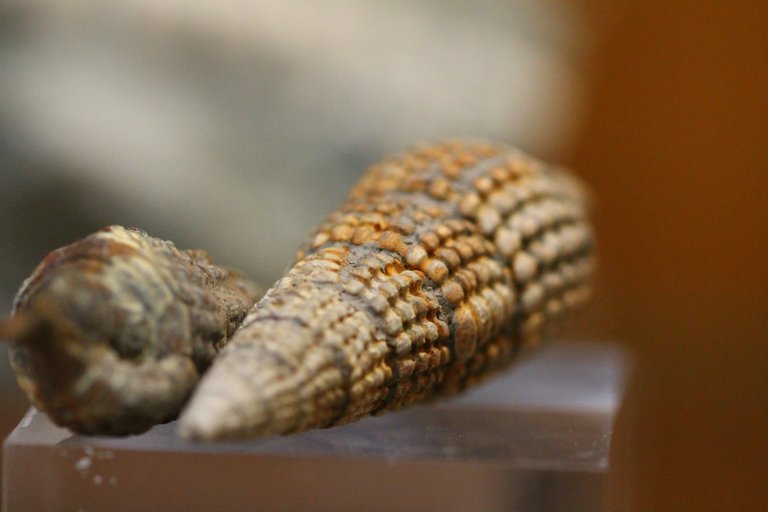
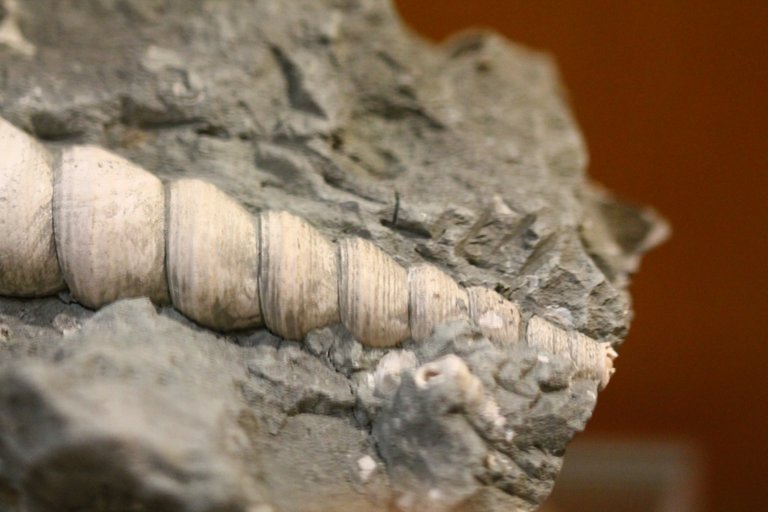
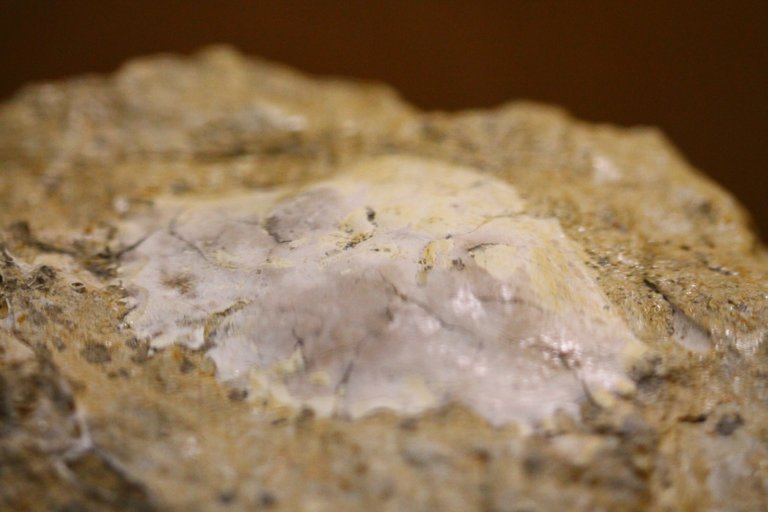
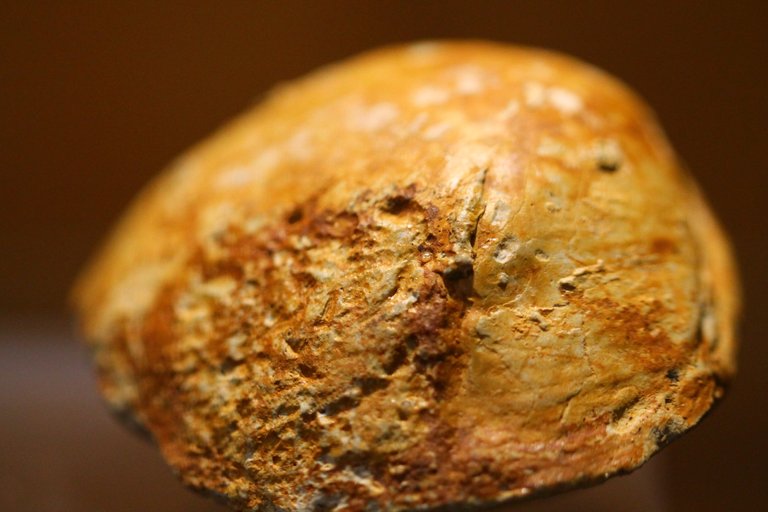
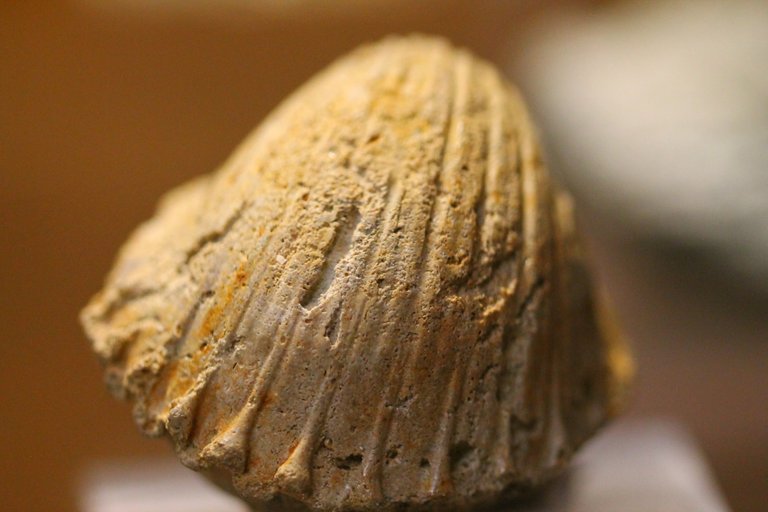

Marine indicators👨🏫🐌🦕 /Indicadores marinos🙇♂️📚
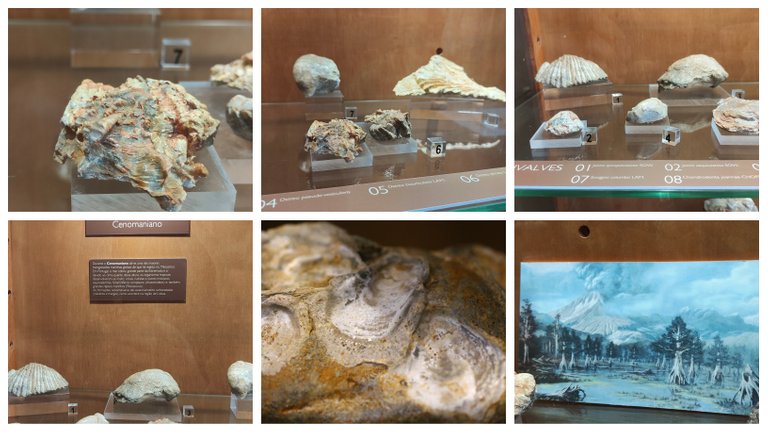
Few know but marine molluscs such as the "Ammonites" are used by modern science to decipher the space or spaces occupied by the various seas, since they were only marine to get fossils of these animals on earth it was possible that millions years ago some sea or ocean was occupied in that geographical area (2)🧠🐚
Pocos saben pero los moluscos marinos tal es el caso de los "Amonitas" son empleados por la ciencia moderna para descifrar el o los espacio que ocupaban los diversos mares, ya que eran unicamente marinos conseguir fosiles de estos animales en la tierra era posible que millones de años atras algun mar o oceano era ocupado en esa zona geografica (2)🌊🌊


Thousands of species have been described of the ammonites, with different shapes and sizes, some measuring meters long! there is a rule in marine biology! animals that swim "badly" always inhabit the seabed near the coast, those that swim better "inhabit the open seas"(2)👨💻📚
De los amonitas se han descrito miles de especies, con diferentes formas y tamaños algunos median metros de largo! hay una regla en la biologia marina! siempre los animales que nadan "mal" habitan el fondo marino proximo a las costas, los que mejor nadan "habitan los mares abiertos"(2)🙇♂️🌊

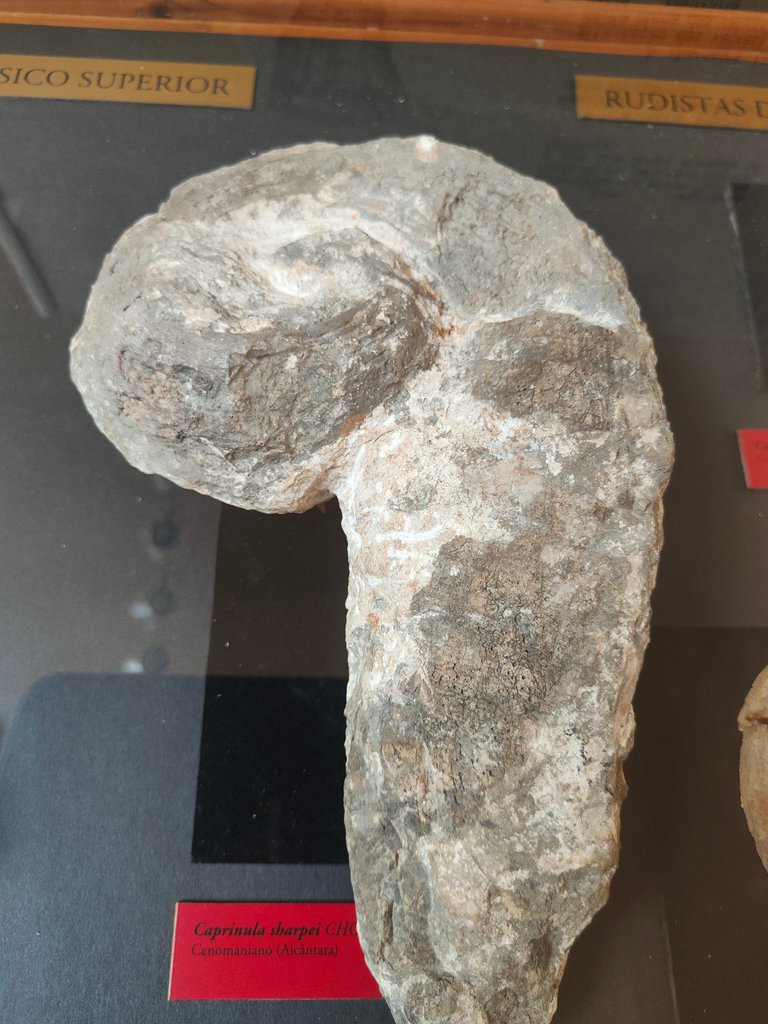
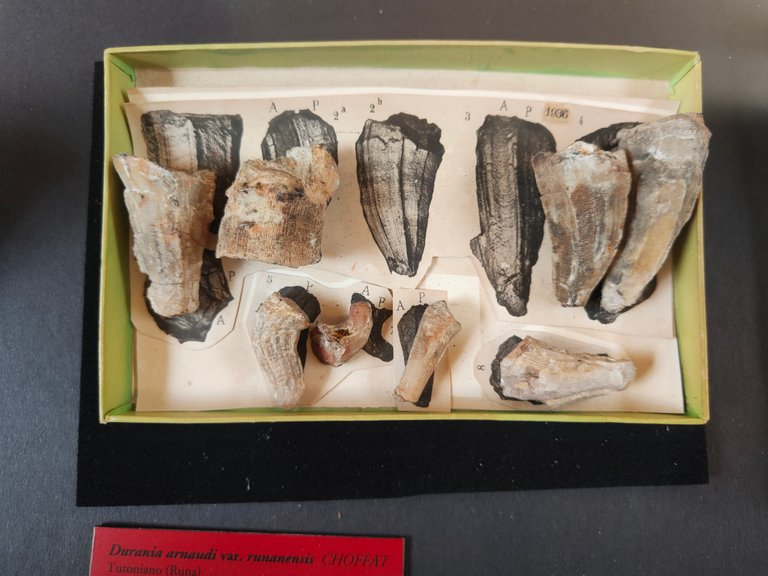
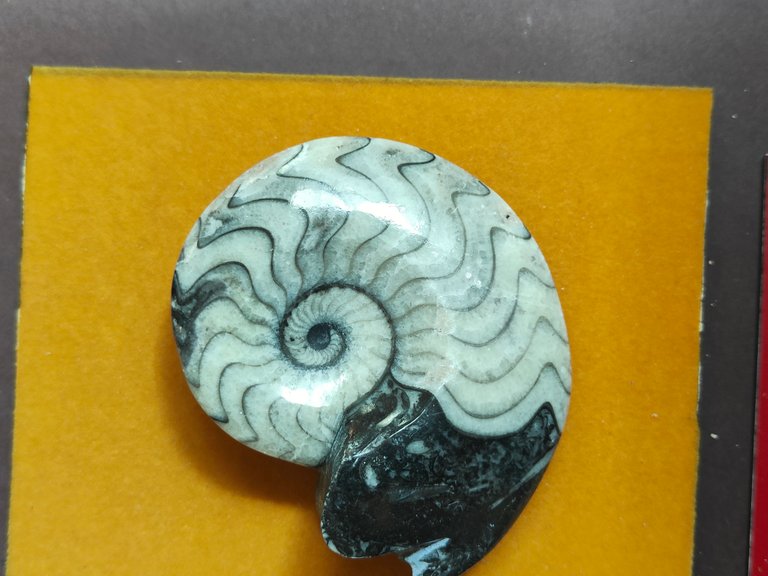

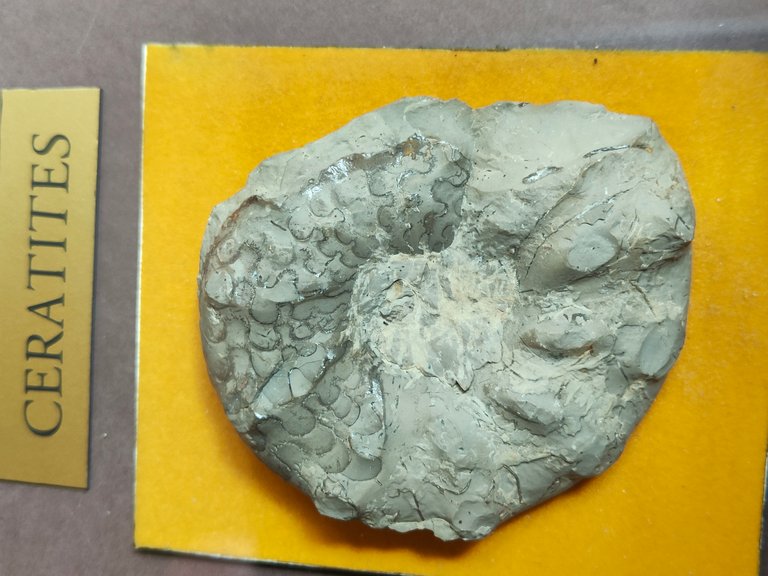
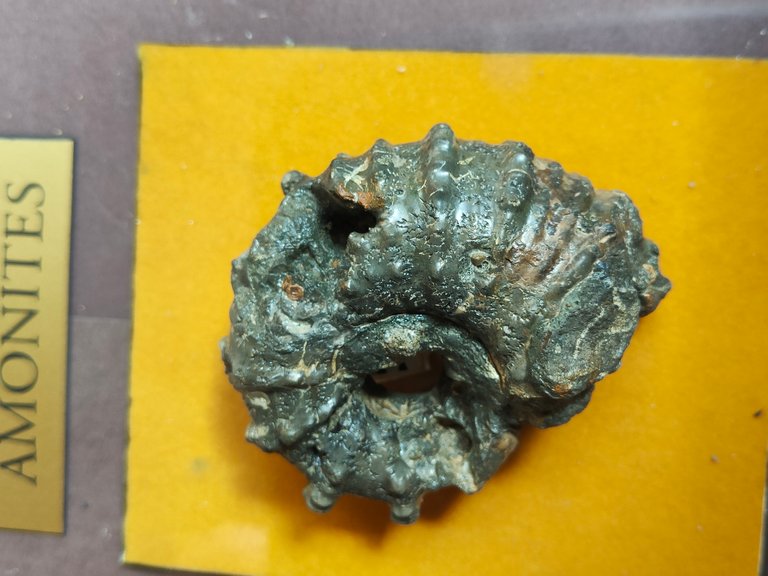
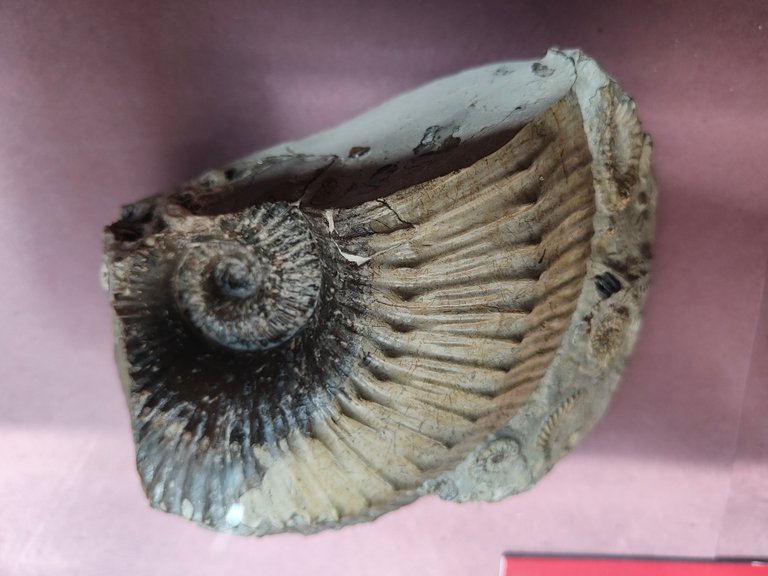

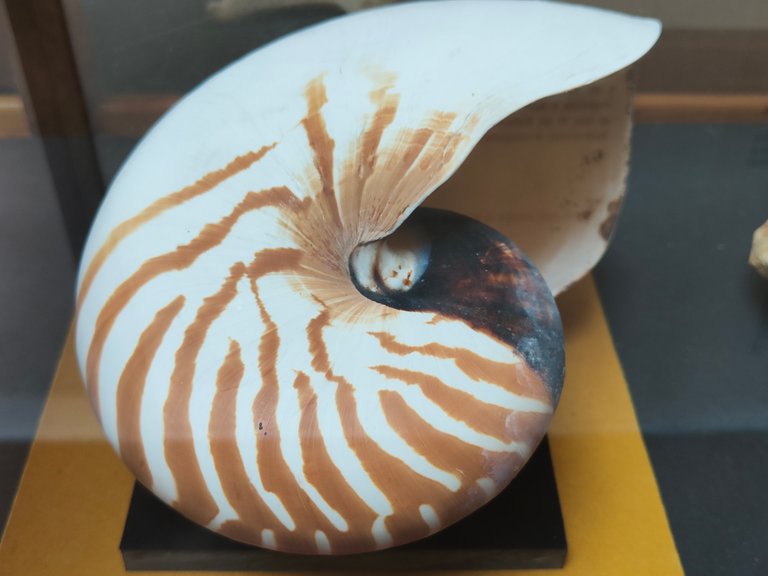
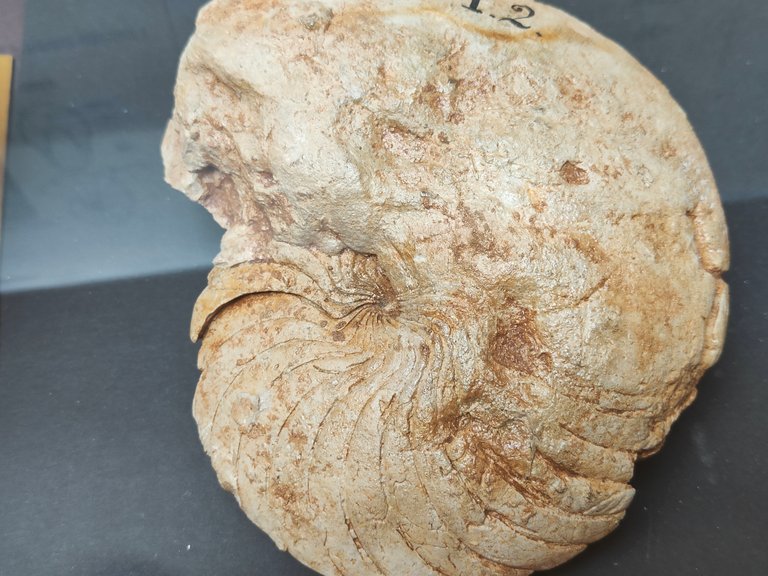
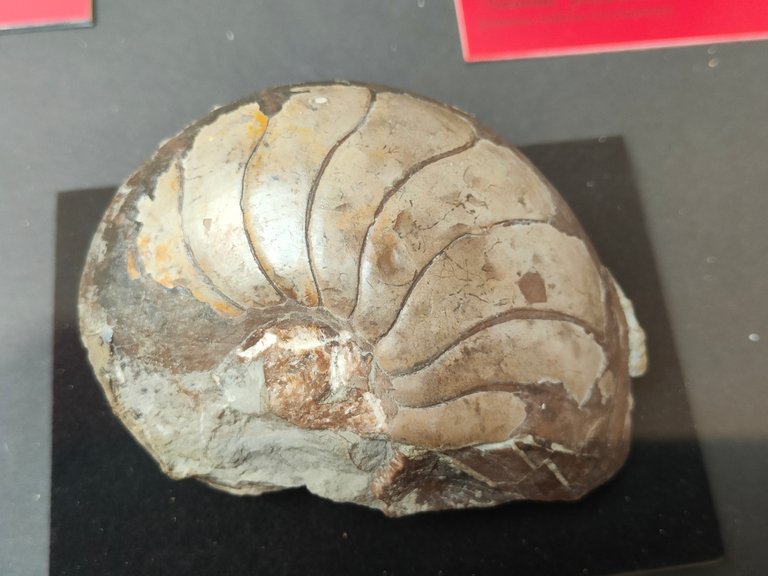
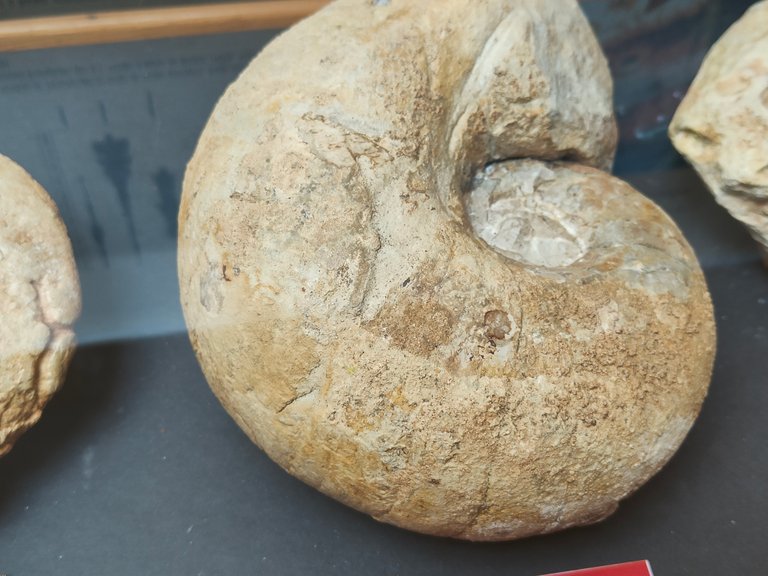
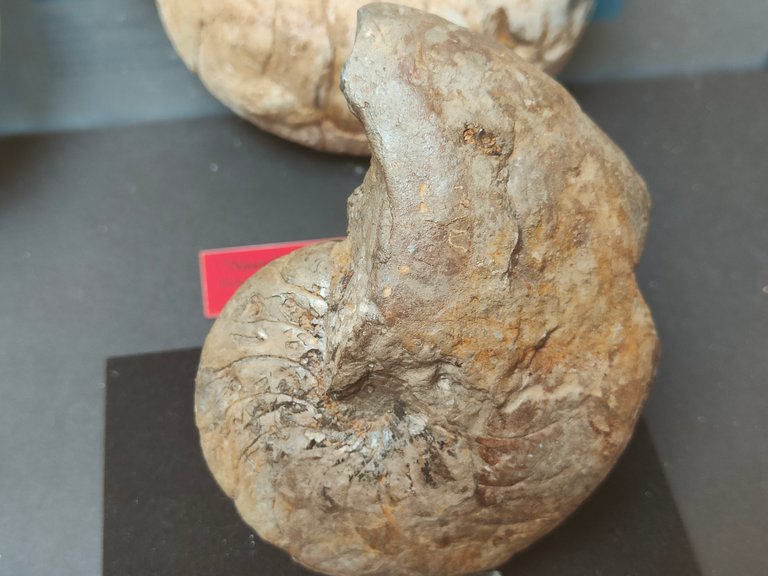

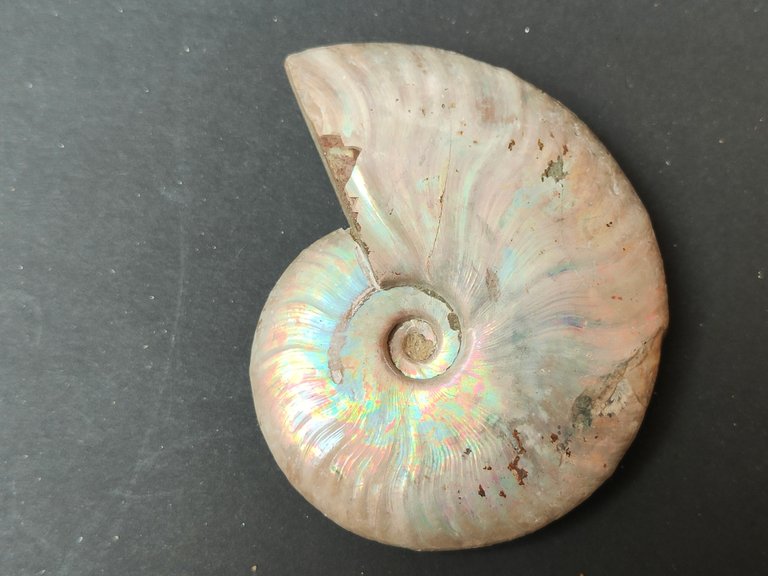
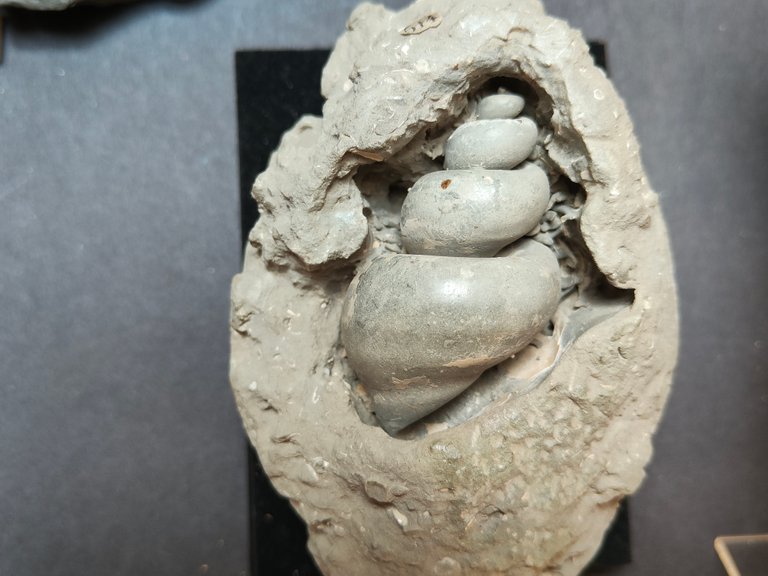

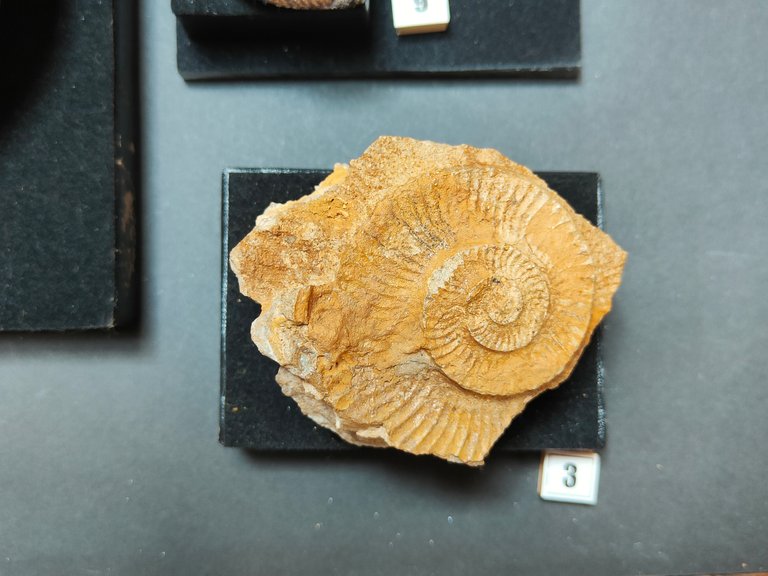

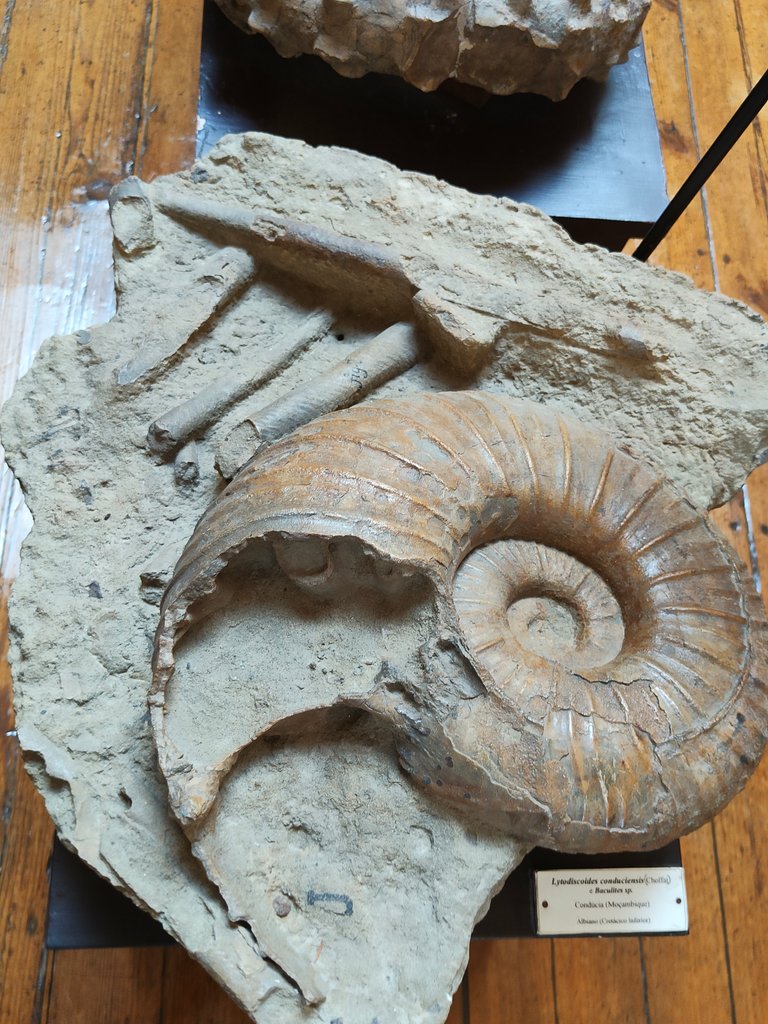

Thanks to a set of transformations and chemical processes, the organic parts of the animals disappear but when the spaces are filled with sediments and the fossils are buried they can last thousands or millions of years.(2)🦕👨🏫🤔
Gracias a un conjunto de transformaciones y procesos quimicos, las partes organicas de los animales desaparece pero al rellenarse los espacios con sedimentos y enterrarse los fosiles pueden perdurar miles o millones de años(2)🤯💥🦴

DNA is an organization to foster and DENSIFY NATURE-APPRECIATION which aims to establish REPORTS OF BIODIVERSITY DATA that is contributed by all of us Hiveans and subsequently cataloged.
Therefore DNA searches for HIGH-QUALITY posts that aim to DESCRIBE and determine the BIODIVERSITY AROUND YOU with added EXPLANATIONS and INFORMATION. For these informative posts they offer a CURATION SERVICE using the @dna.org account. It is also a CURATION TRAIL. Just add the #dna TAG if you think that any of your posts is what they are looking for.
THANKS FOR READING ME / PHOTOS OF MY PROPERTY)🙂🧠🦾👍
Sources /Referencias bibliograficas:
https://www.ngenespanol.com/animales/aparecen-triops-crustaceos-prehistoricos-tras-una-tormenta/
https://cabrajurasica.com/fosil-amonites/
https://aventurasnahistoria.uol.com.br/noticias/historia-hoje/povos-pre-historicos-se-alimentaram-de-moluscos-durante-migracao.phtml
Due to the scientific nature of this post, the descriptive material was extracted from the pages cited for direct citations: ""





















































































